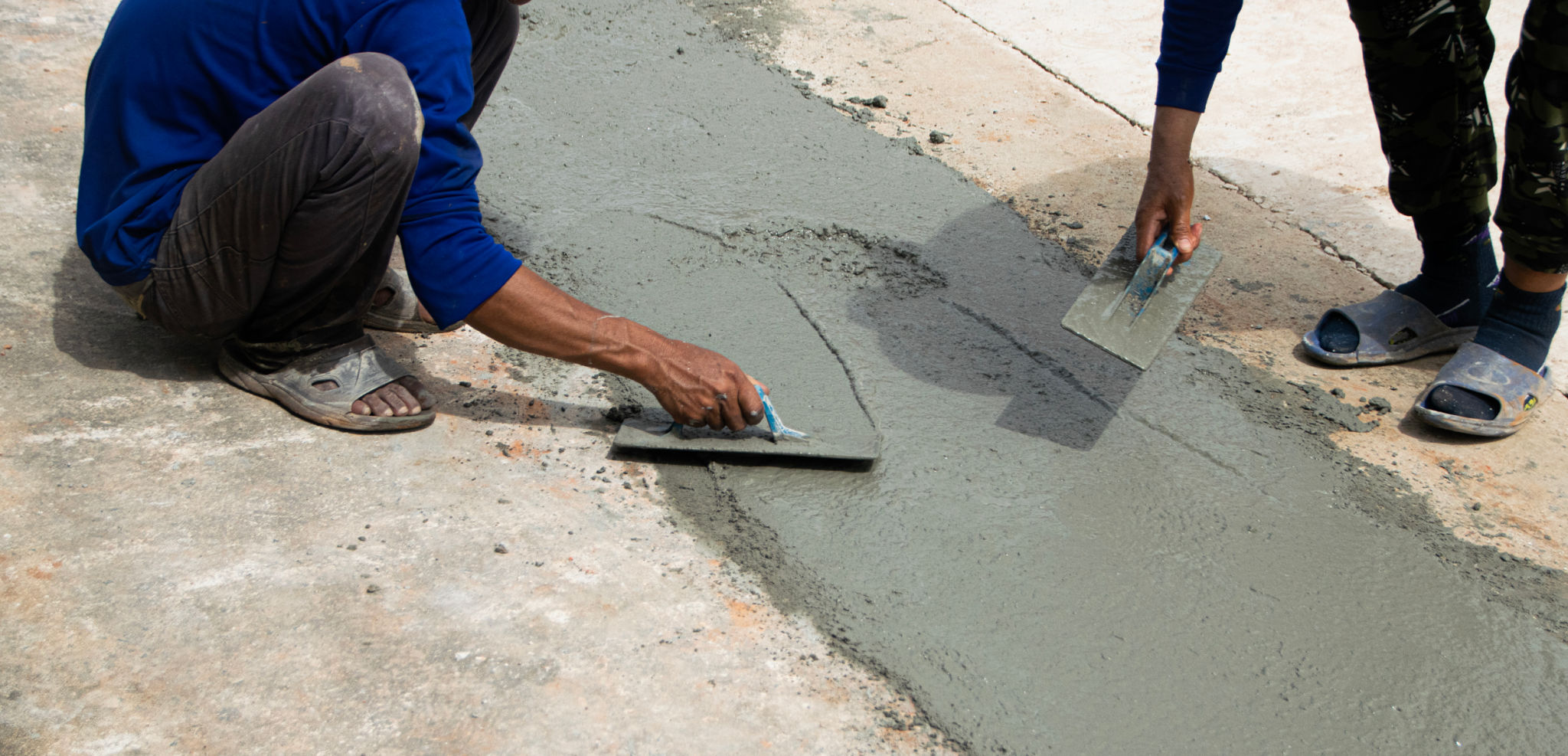5 Common Concrete Myths Debunked by Barossa Experts
Understanding Concrete: Separating Fact from Fiction
Concrete is one of the most commonly used materials in construction, yet it’s often surrounded by misconceptions. To help you make informed decisions about your construction projects, we've teamed up with Barossa experts to debunk some of the most prevalent myths about concrete.
Myth 1: Concrete Is Impervious to Damage
Many people believe that concrete is indestructible, but this isn't true. While concrete is incredibly durable, it is not immune to damage. Factors like weather conditions, chemical exposure, and improper installation can lead to cracks and deterioration over time. Regular maintenance and proper sealing can significantly enhance its longevity and resilience.

Unveiling the Truth Behind Concrete Myths
Myth 2: All Concrete Is the Same
This myth couldn't be further from the truth. Concrete can be customized to meet specific project requirements. Variations in the mix design, additives, and curing processes can result in concrete with different strengths and properties. Whether you need high-strength concrete for a commercial building or decorative concrete for a patio, there's a mix that's right for your needs.
Myth 3: Concrete Doesn't Require Maintenance
Another common misconception is that concrete is maintenance-free. While it’s true that concrete is low-maintenance compared to other materials, it still requires periodic care to maintain its appearance and structural integrity. Cleaning, sealing, and addressing minor cracks promptly can prevent more significant issues down the road.

Dispelling Misconceptions About Concrete
Myth 4: Concrete Is Bad for the Environment
Concrete production is often criticized for its environmental impact, but advancements in technology have made it more sustainable. The industry is now focused on reducing carbon emissions through innovations like carbon capture and greener mix designs. Additionally, concrete's durability means fewer resources are needed over its lifespan compared to less durable materials.
Myth 5: Concrete Needs Warm Weather to Cure Properly
While warmer temperatures can accelerate the curing process, concrete can be poured and cured in colder weather with the right precautions. Techniques such as using heated enclosures or additives that accelerate curing help ensure that concrete sets correctly even in challenging conditions. This flexibility allows construction projects to continue year-round.

Conclusion: Trusting the Experts
By debunking these myths, Barossa experts aim to provide clarity and confidence in using concrete for various projects. Understanding the realities of concrete can help you choose the right materials and techniques, resulting in durable and sustainable structures. As always, consulting with professionals for specific project needs ensures the best outcomes.